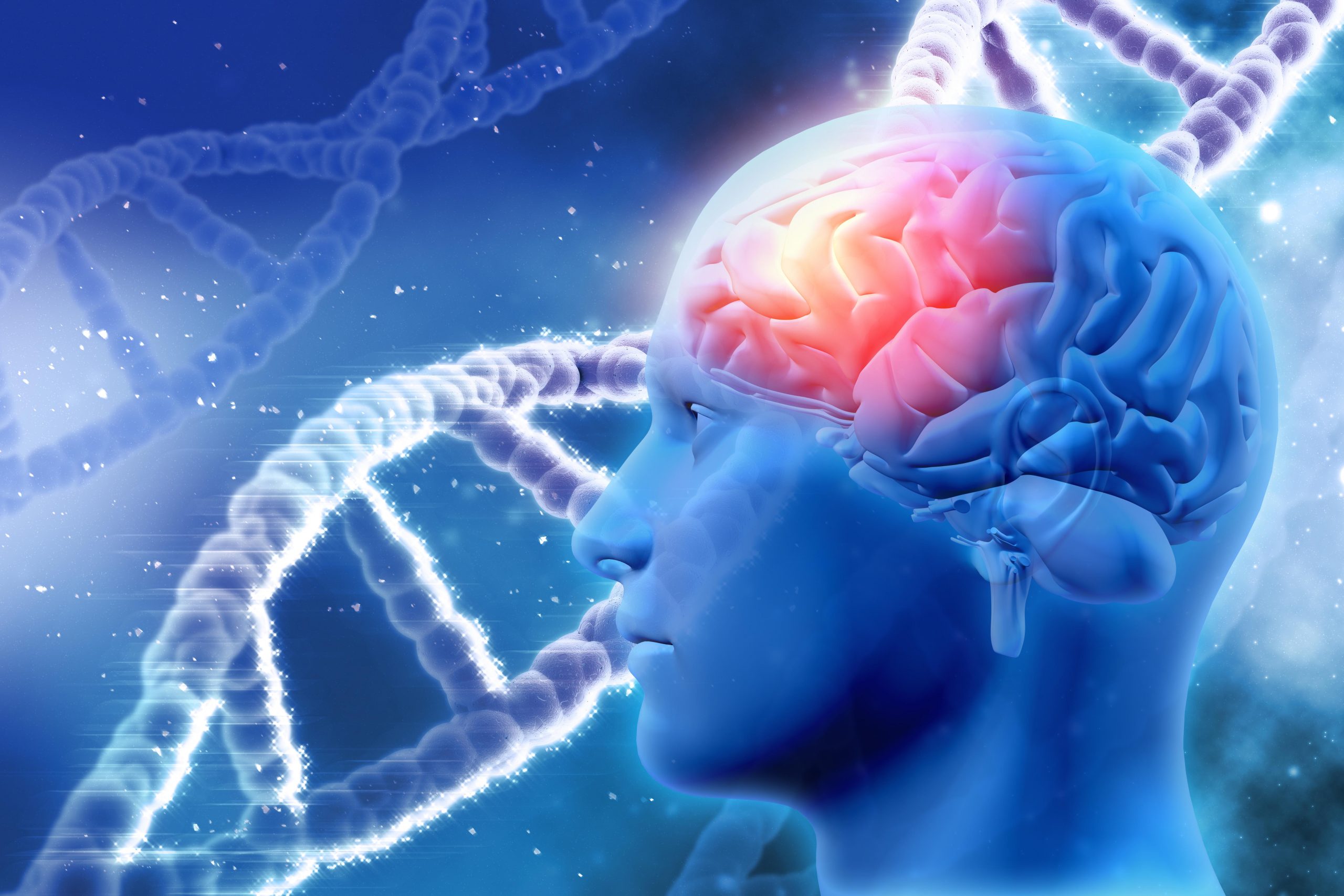
Researchers identify chemicals that keep HIV virus in dormant state.
The human immunodeficiency virus infects the cells that can either exploit them to start making more copies of themselves or remain dormant, a phenomenon called latency. Researchers during a recent study found a way to look for chemicals that can keep the HIV virus in dormant state -suppressed. The findings of the study were published in a new paper, Proceedings of the National Academy of Sciences.
"The current drug treatments block healthy cells from becoming infected by the virus," said Yiyang Lu, a PhD student in the Dar lab at the University of Illinois Urbana-Champaign, in a press release. "The latent reservoir poses a bigger problem because it can start producing the virus at any time. Consequently, patients have to remain on antiretroviral therapy all their lives to prevent a viral rebound."
As of now, there are two kinds of treatments available for HIV – shock and kill, and block and lock. In the shock and kill method, the reactivated cells are killed due to HIV and a drug cocktail prevents the other cells from being infected. In the block and lock treatment, the virus is forced into a deep dormant state (HIV virus in dormant state) so it cannot infect again.
Since the transition from latency occurs randomly, measuring the fluctuations in gene expression can provide more coverage than the average gene expression. "Commercial drug screens usually look at mean gene expression. Instead, we used a drug screen that looks at fluctuations in gene expression. Our screen allowed us to therefore find more compounds that could have been overlooked," Lu said.
"We implemented a time-series drug screening approach that are less commonly used in other labs," said Roy Dar, PhD, an assistant professor of bioengineering at Illinois and faculty member of the Carl R. Woese Institute for Genomic Biology, in the press release. "We want to test if these drugs have off-target effects in terms of how many other genes they affect in the host cells. We also want to test these drugs in patient samples to see whether these drugs suppress HIV in them."




















